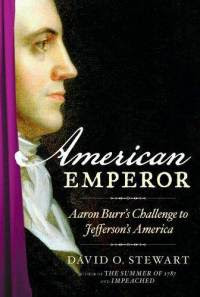 The Rensselaer County Historical Society (RCHS) has announced new school-break week programming for 2012. Each day includes activities, projects, crafts and games. Children will also have time to tour the Hart-Cluett House and explore downtown Troy. The programs are for children in grades 3 – 6. The programs run from 9:00am – 4:00pm (early drop-off and late pick-up, and extended care are available for an additional fee). Each program includes materials, craft supplies and daily snacks (though not lunch). The cost for RCHS Members is $225- Non-Members, $275. Early-bird registration provides a 10% discount if you register before January 27, 2012 for February’s program and March 16, 2012 for April’s program. To register call 518-272-7232 x.12 or visit www.rchsonline.org for registration materials.
The Rensselaer County Historical Society (RCHS) has announced new school-break week programming for 2012. Each day includes activities, projects, crafts and games. Children will also have time to tour the Hart-Cluett House and explore downtown Troy. The programs are for children in grades 3 – 6. The programs run from 9:00am – 4:00pm (early drop-off and late pick-up, and extended care are available for an additional fee). Each program includes materials, craft supplies and daily snacks (though not lunch). The cost for RCHS Members is $225- Non-Members, $275. Early-bird registration provides a 10% discount if you register before January 27, 2012 for February’s program and March 16, 2012 for April’s program. To register call 518-272-7232 x.12 or visit www.rchsonline.org for registration materials.
If These Walls Could Talk
Tuesday, February 21, – Friday, February 24, 2012
Buildings, buildings, they are all around us but how many times have you really looked at a building? In this program, students will explore the many sides of buildings and participate in scavenger hunts in downtown Troy looking for Lions, Bells and Faces, design their own dream home, build a model city and more.
Trail of Hope – The Underground Railroad
Tuesday, April 10 – Friday, April 13, 2012
Who were the people who made up the Underground Railroad and where did it take place? Students will take a walking tour to sites that are connected to the Underground Railroad, view an art exhibit, make their own pieces inspired by history, and perform a play about a dramatic rescue.
 In the past decade, the New York State Legislature desired to create three anniversary commemoration commissions. The Commissions were necessary to bring together persons qualified by experience to coordinate and facilitate commemorations and activities.
In the past decade, the New York State Legislature desired to create three anniversary commemoration commissions. The Commissions were necessary to bring together persons qualified by experience to coordinate and facilitate commemorations and activities.







